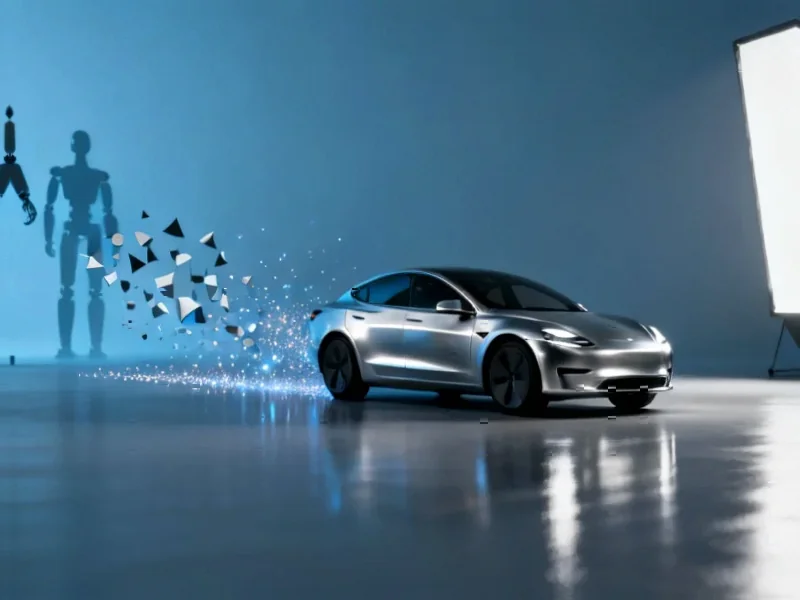According to Futurism, Elon Musk announced on Monday via his X platform that he wants to deploy a massive AI-controlled satellite constellation to block sunlight and prevent global warming. The SpaceX CEO currently operates nearly 9,000 Starlink satellites in orbit, though these aren’t currently blocking the Sun but are interfering with astronomical observations. Musk claimed these solar-powered satellites would make “tiny adjustments” to solar energy reaching Earth, potentially preventing both global warming and cooling. When questioned about the risks of destabilizing Earth’s climate and potential conflicts over controlling such powerful technology, Musk simply responded “Yes.” The billionaire referenced Earth’s “snowball” periods in the past and agreed this would be a “logical feature” for a Kardashev Type II civilization capable of harnessing a star’s full power.
The solar geoengineering context
Here’s the thing – Musk didn’t just invent this concept out of thin air. Scientists have been seriously debating solar geoengineering for years, though most consider it an absolute last resort. The two main approaches being studied are marine cloud brightening (making clouds more reflective) and stratospheric aerosol injection (releasing particles high in the atmosphere). But there’s a huge difference between controlled scientific experiments and what Musk is proposing. Basically, he’s talking about giving AI satellites control over Earth’s entire climate system. And once you start blocking sunlight at that scale, there’s no undo button. The climate is ridiculously complex – who’s to say “tiny adjustments” wouldn’t trigger catastrophic unintended consequences?
Musk-scale thinking
Now, this isn’t just some random thought – it fits perfectly with Musk’s pattern of thinking on civilization-level timescales. He’s previously talked about making life multiplanetary and expanding consciousness to the stars. When he references Kardashev Type II civilizations that could build structures around entire stars, he’s literally thinking thousands of years ahead. In his mind, current Starlink satellites are just the beginning of that path. But here’s my question: should we really be trusting one company – or one person – with technology that could control the planet’s climate? The power dynamics here are terrifying. Imagine countries fighting over who controls the “sun dial.”
Practical reality check
Let’s be real for a second. We’re nowhere close to having technology that could precisely control solar radiation at planetary scale. Musk’s own tweets and follow-up comments treat this like it’s just an engineering problem waiting to be solved. But it’s not just about building more satellites – it’s about understanding complex climate systems well enough to tweak them safely. And given that his current satellite constellation is already causing headaches for astronomers, maybe we should solve that problem first? The scientific community is deeply divided on whether we should even be researching solar geoengineering, let alone deploying it. Yet Musk talks about it like it’s just another feature to add to Starlink’s roadmap.
Broader implications
So where does this leave us? On one hand, it’s classic Musk – thinking big, pushing boundaries, imagining technologies that could transform human civilization. On the other hand, it feels like we’re watching someone play God with planetary systems we barely understand. His previous statements about Starlink being the path to Type II civilization now make more sense in this context. But there’s something deeply concerning about treating Earth’s climate like a technical problem that just needs the right engineering solution. Climate change is fundamentally a social, economic, and political challenge. Throwing AI satellites at it might sound cool, but it dodges the harder work of actually changing how we live on this planet. And honestly, do we really want to live in a world where someone can adjust the global thermostat with a tweet?




